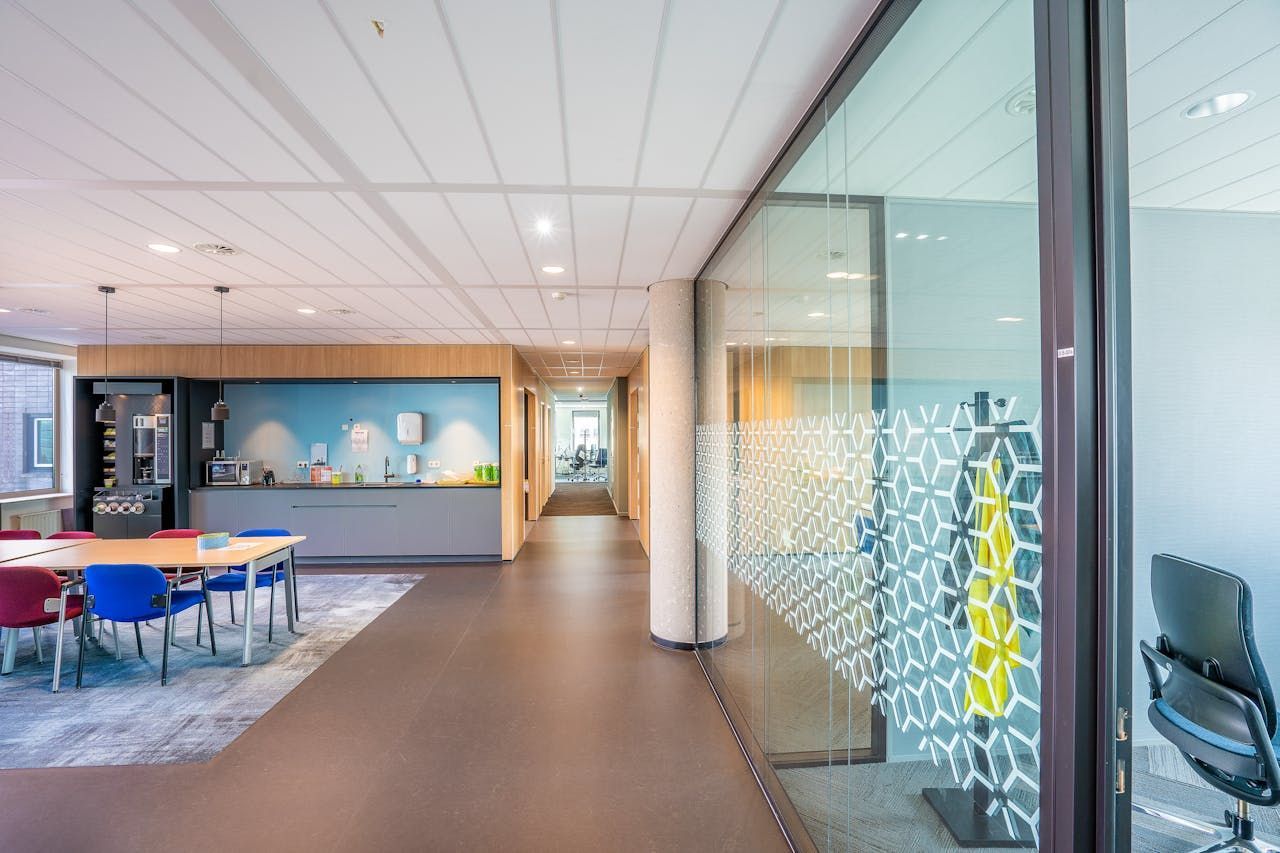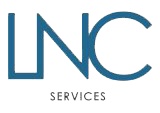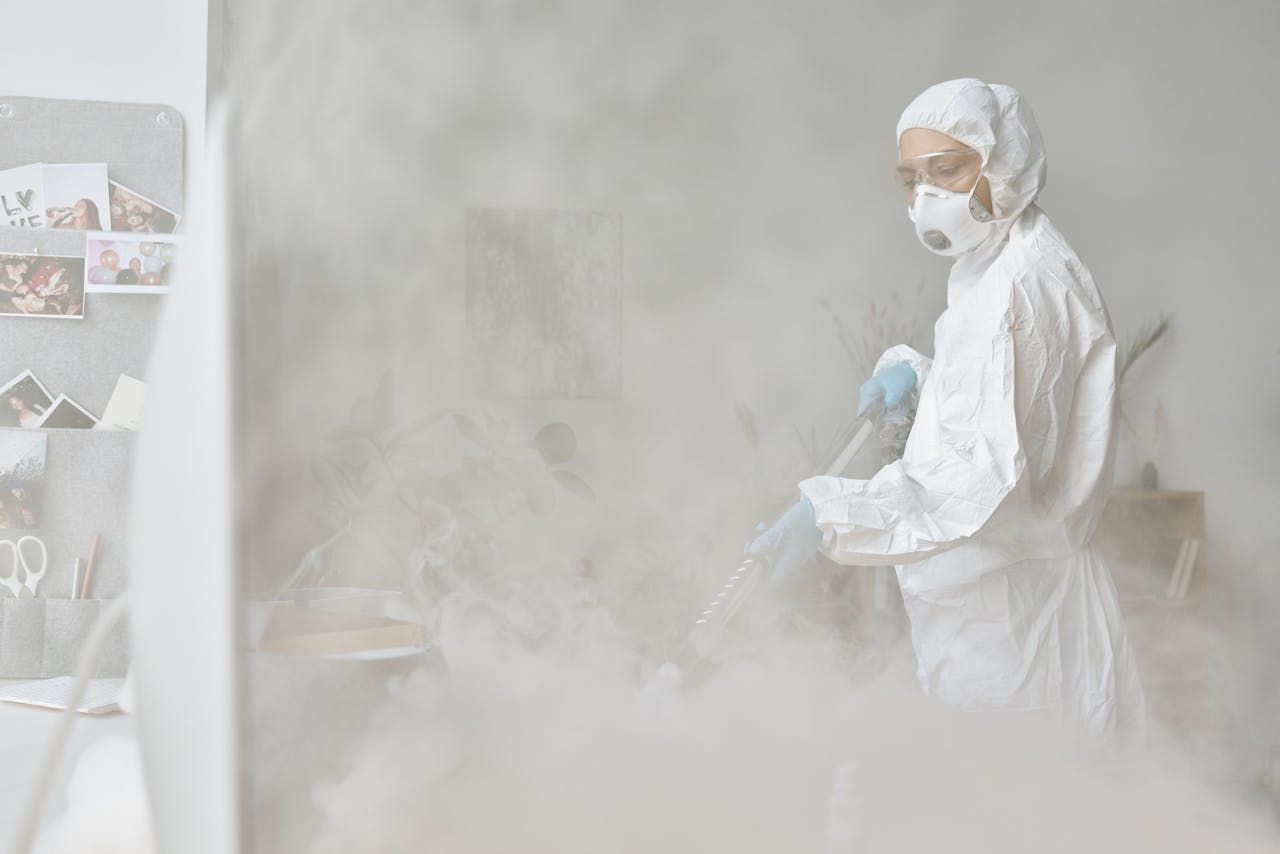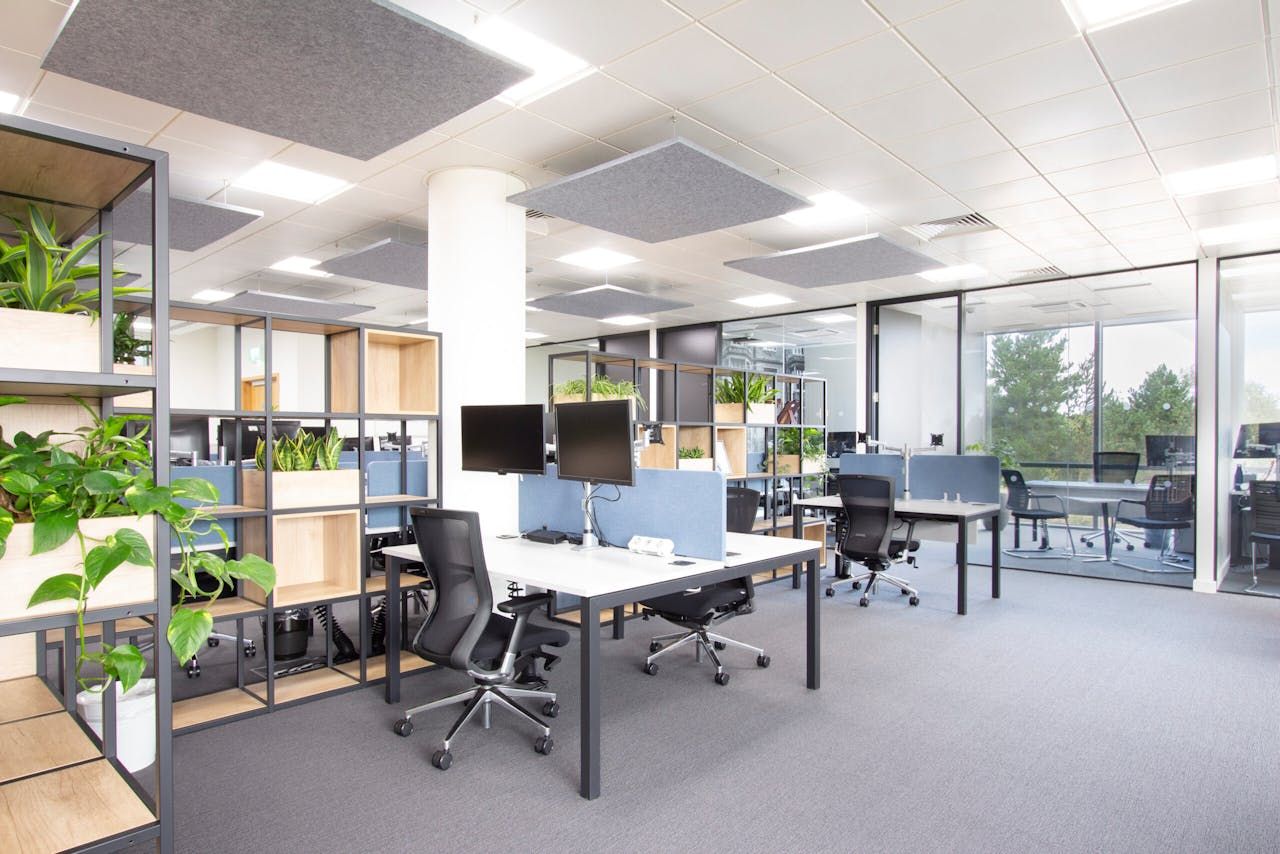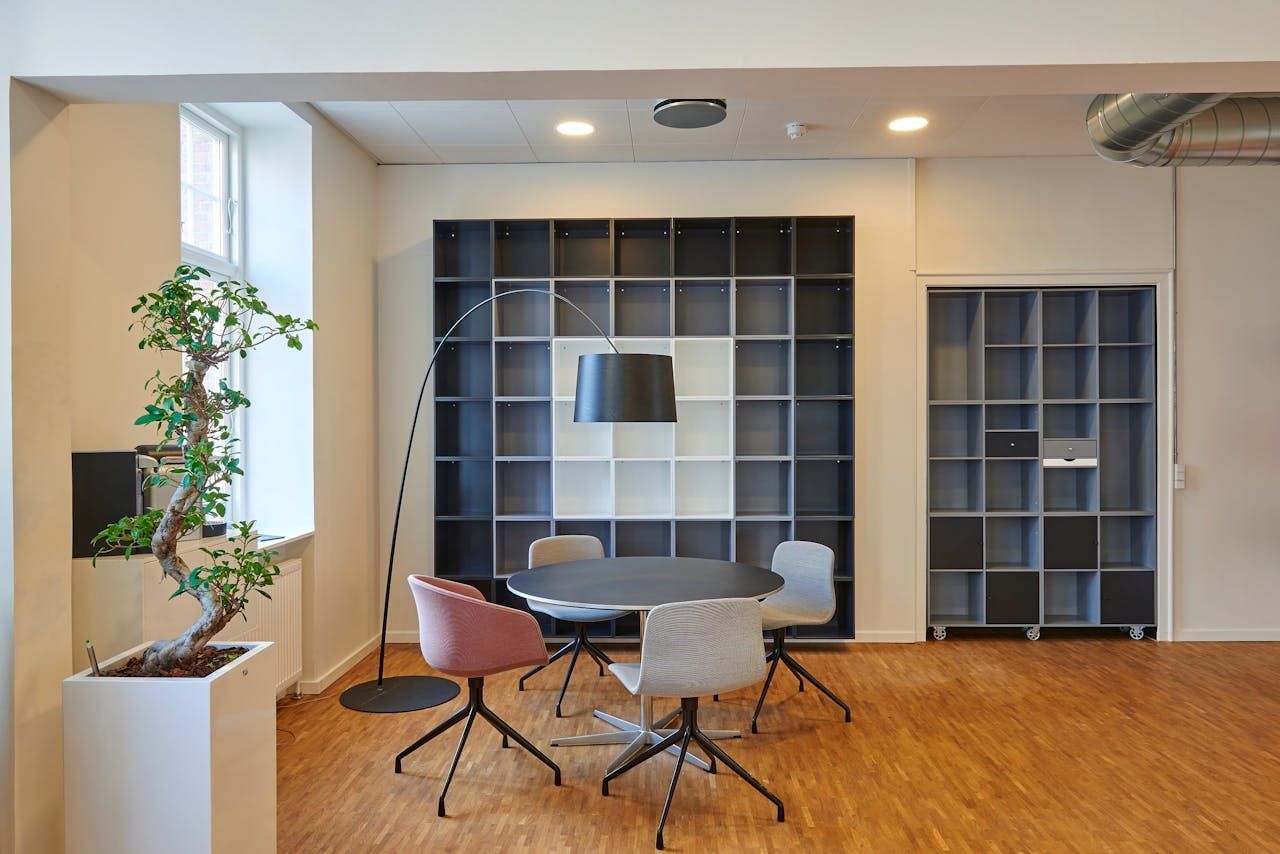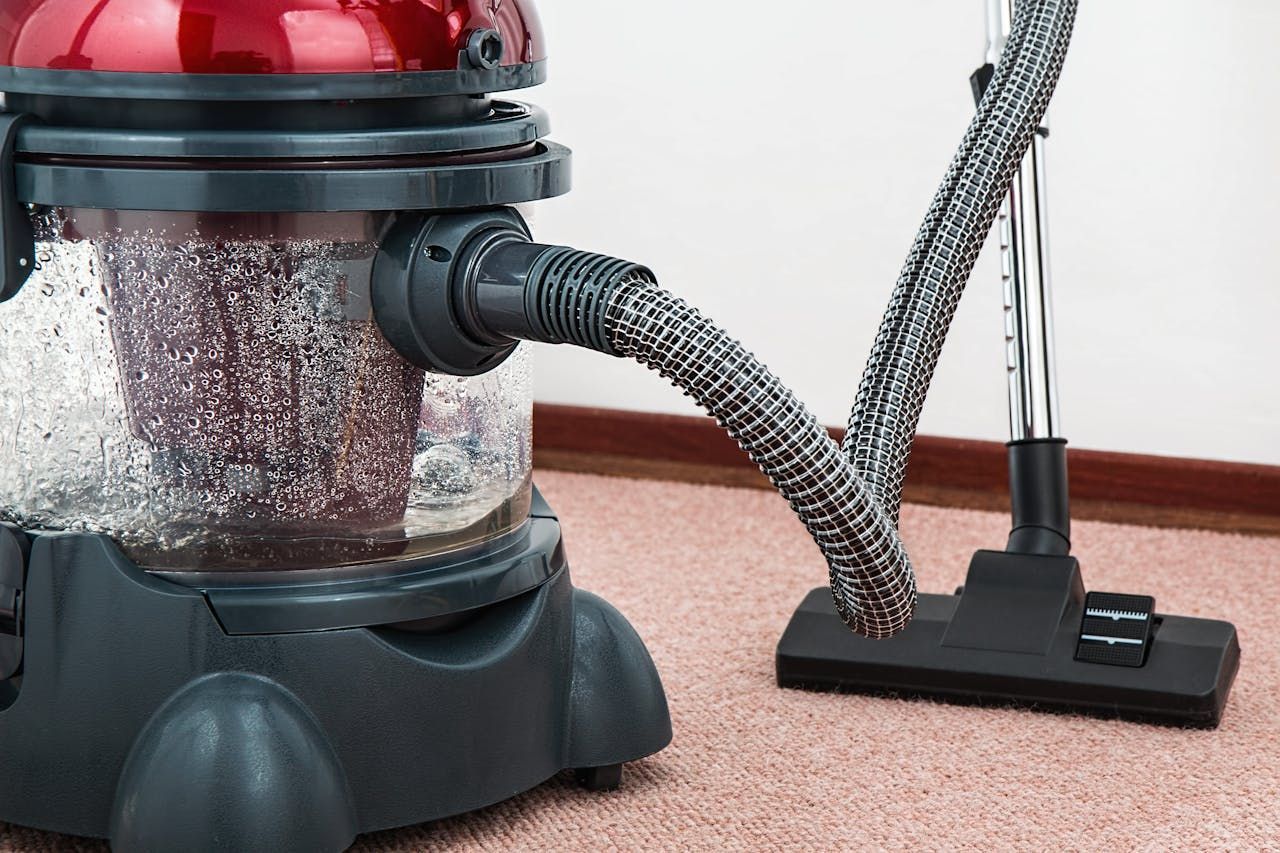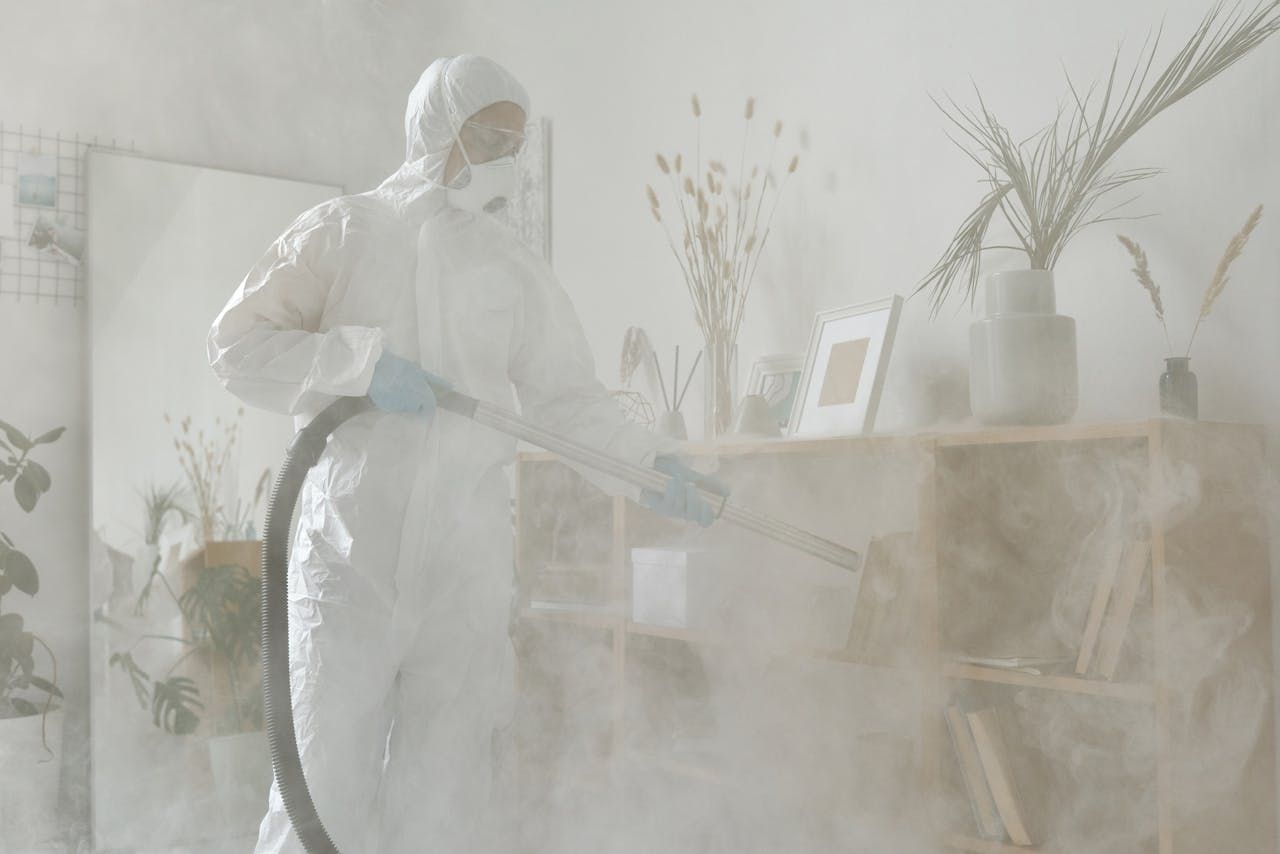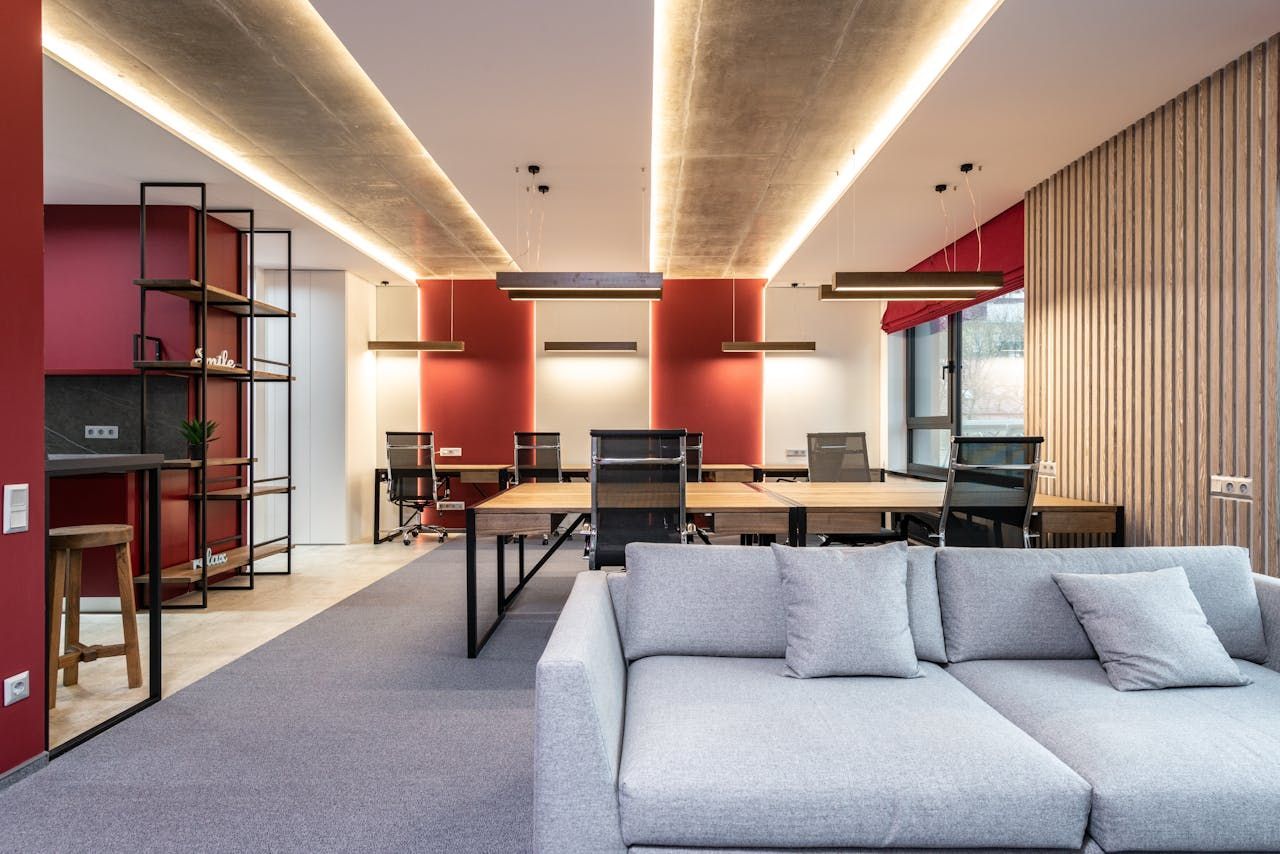Optimising Workspace Organisation: Tips from Cleaning Pros
Imagine entering a workspace where everyone can quickly find what they need, surfaces are free of distractions, and there's a sense of calm efficiency.
Many offices struggle with disorganisation, which can lead to lost productivity, frustration, and even lower employee motivation.
A well-organised workspace promotes focus, saves time, supports productivity, and creates a more positive work environment. Learn how to transform your office into a productivity haven with these expert organisation tips.
The Problem With Workspaces
By nature, workspaces often have a lot going on, and it can be a struggle to actually focus and get things done when you most need to.
You’re likely to have your team walking around, senior staff looking over your shoulder, and possibly even customers or clients occasionally coming into the office. With all that going on around you, the best you can do is keep your head down.
But even then, you’ll be so focused on the work at hand that you simply don’t have time to clean and clear your space. Lots of offices struggle with storage solutions, so you have misfiled and disorganised clutter to contend with, too.
If staff are finding it hard to find things, it can be a struggle to stay motivated to keep things tidy - when it’s easier to simply dump something on the top of the pile.
Unfortunately, poor tidiness can lead to another big workspace issue: poor hygiene. A messy office can be a breeding ground for bacteria and bugs, particularly with the likes of keyboards, mice, shared spaces and forgotten corners.
All of this adds to stress levels unnecessarily, and ultimately, your team’s productivity will be affected.
The solution? Your office needs a proactive approach to maintaining a clean, calm workplace. Otherwise, your office simply turns to chaos.
Shared Space, Shared Responsibility
As you’ve probably noticed in your workplace, it can be difficult to make sure the cleaning and tidying responsibilities of shared spaces are actually shared.
In short, shared spaces need to be everyone’s problem.
This is because leaving the same people to manage things like wiping down surfaces, maintaining stock levels and emptying the fridge can lead to frustration among colleagues. This can seriously impact the dynamic within your team, dividing focus and making your workplace a less friendly place to inhabit.
The most common types of areas that need shared attention include:
Kitchens and break rooms- Entrances and hallways
- Offices (cubicles or open plan)
- Meeting rooms
In these essential but problematic shared spaces, you have a few solutions at hand…
Decluttering day
Come together as a team and sort through what needs to stay and what needs to go.
Then you’ll have a better idea of what storage you need. Cube shelves are handy for creating an organised space - you can designate space for stationery/marketing collateral/etc, without visual clutter.
Zoning
If you have a large office, zoning the space can make it feel more ordered - meeting space, break space, quiet working zone, printing and copier. Dedicating areas to specific tasks means colleagues can move around one another with efficiency and ease.
Rota
Make sure everyone takes a turn with common shared space tasks like wiping down high-touch areas, filling and emptying the dishwasher, and resetting used meeting rooms. A simple rota system can achieve this, so everyone knows exactly when it’s their turn.
Signage
Use signage to communicate essential knowledge. You can mark where things are meant to go, give reminders to wipe surfaces after use or refill the kettle etc. This might seem like you’re overdoing it, but people will be more likely to follow something when it’s written down and easily seen.
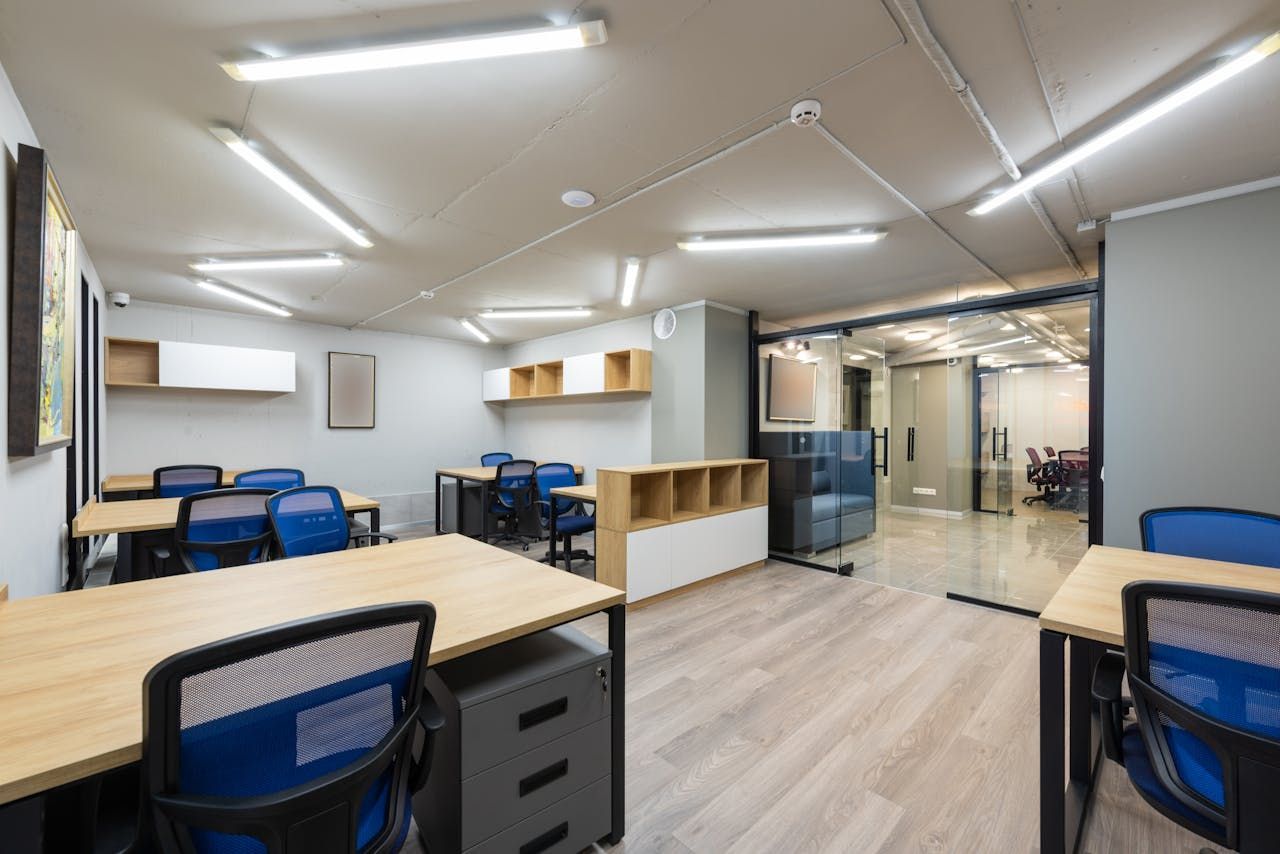
Personal Space: Keeping Your Desk Tidy
Outside of the shared spaces is where the real work happens. Put realistic cleaning and organisation practices in place that will allow your team to focus on what they do best, right at their desk.
A clean, distraction-free desktop can improve your ability to locate things quickly and create an enjoyable general aesthetic.
Organising your desk regularly is the first step to a productive desk space. Here’s what we would recommend to any office manager looking to optimise their workspace organisation…
Organisation habits
- Make sure there’s a place for everything. Dedicate a space for your pen pot, notebook and intray - dividing this into urgent papers only, then file.
- Keep only what you need on your desk. Consider a filing cabinet, shelves, or a bulletin board to free up desk space. Store less frequently used items here to avoid visual clutter that can lead to general feelings of stress.
- Get colour-coded files for your papers. Separate them into accounts, marketing, reports and relevant sections for your work. This makes documents easier to grab as soon as you need them.
- Limit the decorative and personal items, but don’t get rid of them all completely. It’s important to feel at home and comfortable in your individual workspace.
Daily routines
- Ensure everyone participates in a 5-minute decluttering at the end of each day, including regular purging of unnecessary items.
- Keep disinfectant wipes accessible for quick clean-ups of spills, etc., to prevent stickiness and grime build-up.
Cleaning For Less Stress
The most insidious problem when it comes to keeping desks, shared spaces, and entire offices clean, tidy, and organised is managing the cleaning tasks themselves. It’s important to remember that cleaning and tidying your workspace will help your team feel comfortable and valued in the workplace and streamline their daily tasks.
By having proper cleaning and organisation practices in place, you’re giving your office and your team the boost it need to handle the daily flow.
Decluttering as prep: Proper organisation prepares the space for efficient and effective cleaning practices. Ensuring your team has prepared their space for the next working day puts them in the best possible headspace to be happy and productive when they come into the office again.
Hygiene-specific cleaning:
Cleaning pros understand the importance of thorough disinfection and dust control for health reasons. Cleaning isn’t just for appearances; it’s essential, and making sure your team is healthy and safe is the most basic way to improve productivity levels.
For those harder-to-reach areas or periodic deep cleaning needs, LNC Services offers specialised cleaning for a workspace that gives you space to get organised.
Why Optimise Your Workspace Organisation?
Organisation has a powerful transformative effect on productivity, morale, and the overall work experience. Let your team know you value their well-being, comfort and efficiency by getting professional cleaning support from LNC Services.
Get your quote today and declutter your workspace.
